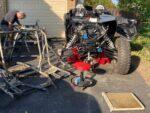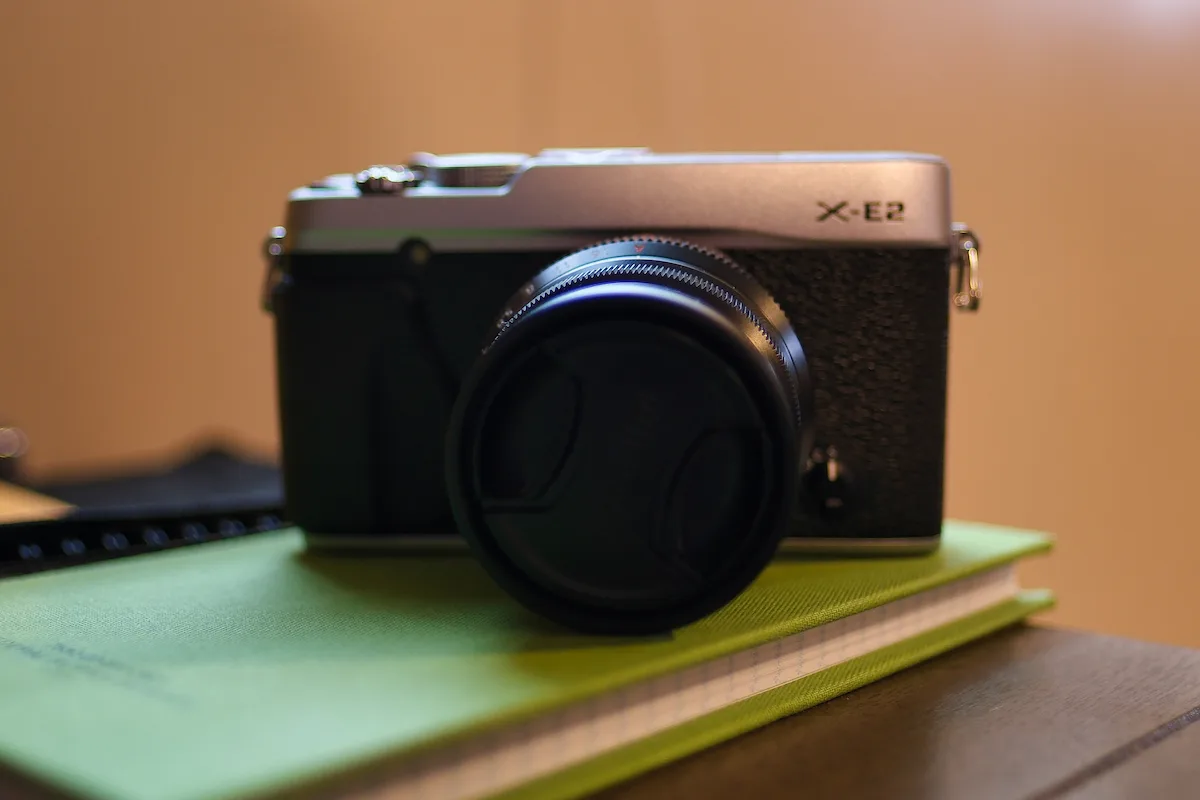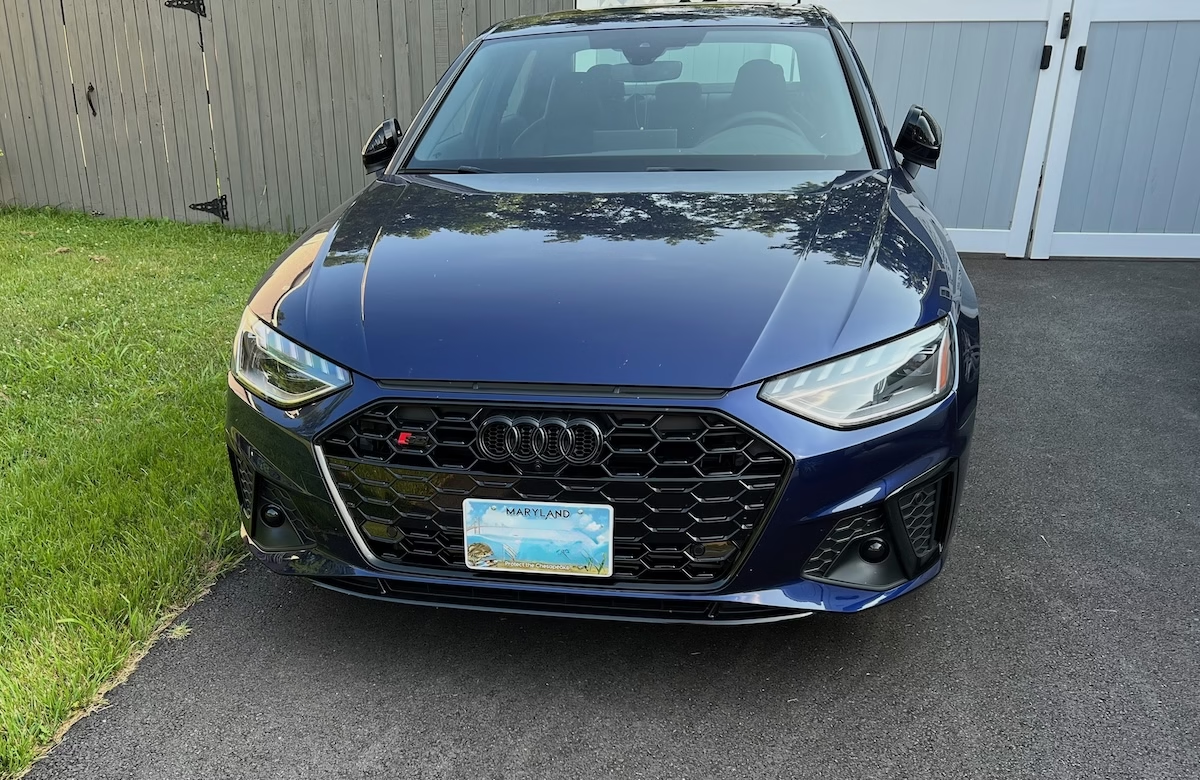The Fujifilm X-E2 is a mirrorless camera that brings together a compact and stylish design with impressive features and image quality. Released a few years ago, it still holds up well and offers great value for photography enthusiasts looking for a capable and portable camera.
Retro style with a solid build and small form factor.
One of the standout features of the X-E2 is its retro-inspired design, reminiscent of classic film cameras. The camera’s magnesium alloy body feels solid and well-built, and the control layout is intuitive, making it easy to operate for both experienced photographers and beginners. The top-plate dials allow for quick adjustments to exposure settings, giving you a tactile shooting experience. I’m not a menu guy who loves to dive into settings or scroll around a touch screen to make an adjustment. Frankly, all digital cameras should have a screen like the X-Pro3 that can be folded up and used sparingly.
The image quality and useability are still good even though the tech is a few years old.

In terms of image quality, the X-E2 does not disappoint. It features a 16.3-megapixel APS-C X-Trans CMOS II sensor, which delivers sharp and detailed images with excellent color reproduction. The X-Trans sensor design eliminates the need for an optical low-pass filter, resulting in enhanced image clarity and reduced moiré patterns. The camera’s image processor also does a fantastic job of handling noise at higher ISO settings, allowing for usable shots even in low-light conditions.
The X-E2 offers a respectable autofocus system with 49 focus points, including both phase-detection and contrast-detection autofocus. While it may not be as advanced as some of Fujifilm’s latest models, it still performs well for general photography needs. The camera’s continuous shooting speed of 7 frames per second is decent for capturing fast-action subjects.
One area where the X-E2 falls behind newer models is its video capabilities. It is limited to Full HD (1080p) video recording at up to 60 frames per second. While the image quality is good, the absence of 4K video recording may be a drawback for those seeking the highest resolution for their video projects. The reason I went with an older used camera is I didn’t care about its video capability. I cared about size, quality images, and price. The X-E2 ticked all 3 of those boxes. (Shout out to MPB.com for an easy trade experience.)
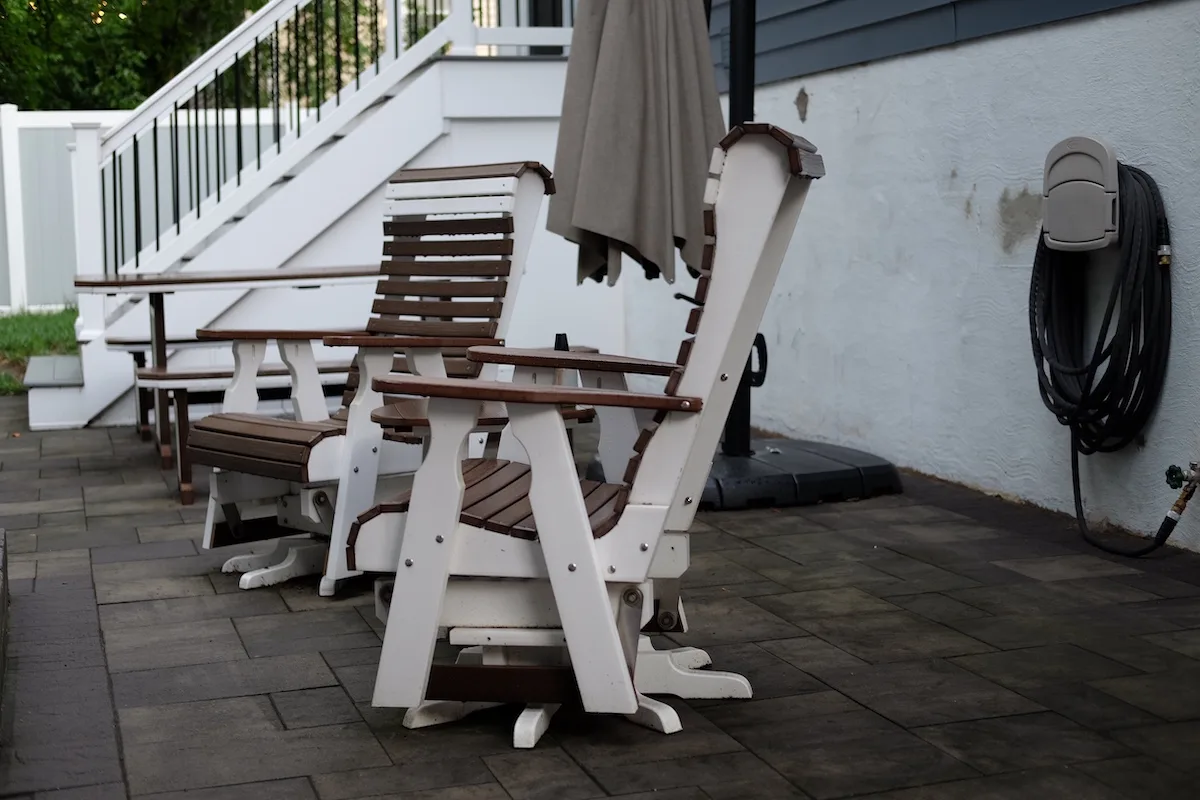
Another minor drawback is the absence of a built-in image stabilization system. However, many of Fujifilm’s lenses feature optical image stabilization, which compensates for camera shake to some extent. This is proving to be the biggest drawback to this camera. It has really struggled to take handheld shots in focus.
In terms of connectivity options, the X-E2 offers built-in Wi-Fi, allowing you to transfer images wirelessly to your smartphone or tablet for easy sharing and remote camera control. It’s a convenient feature that adds versatility to your workflow. At the time of this writing, the X-E2 no longer connects to the Fujifilm app. I will update if that’s me or if it’s truly no longer supported.
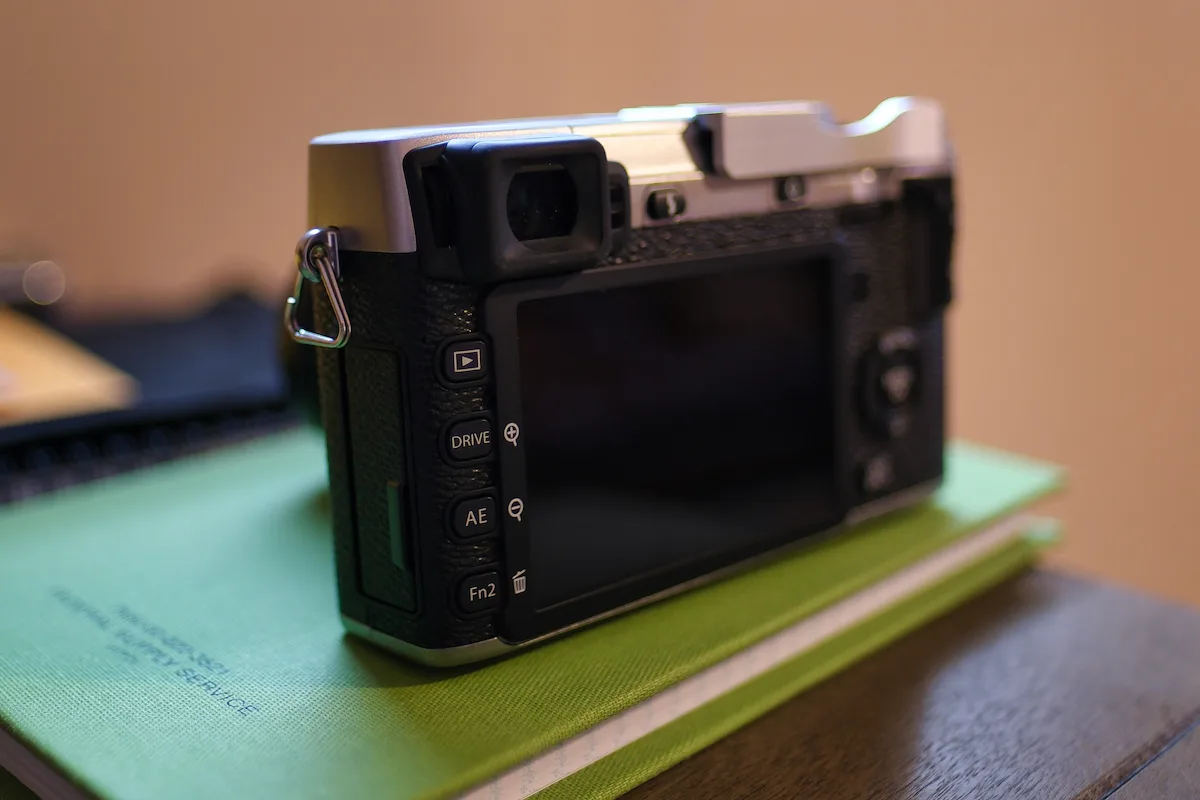
Overall, the Fujifilm X-E2 remains a solid camera choice for photography enthusiasts. Its retro design, image quality, and ease of use make it a reliable companion for capturing beautiful moments. While it may lack some of the advanced features found in newer models, it still offers excellent value for the price, particularly if you prioritize still photography over video recording. If you’re looking for a compact mirrorless camera with a classic feel, the X-E2 is definitely worth considering.

